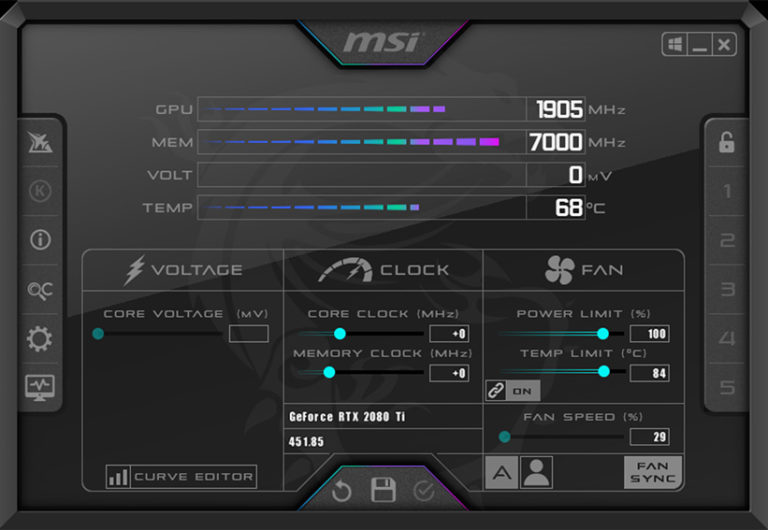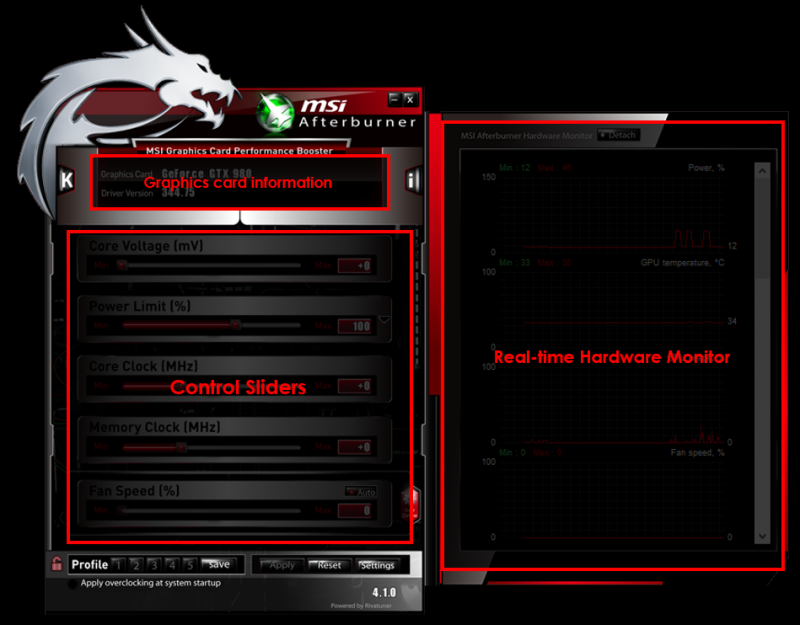

The image above is what you’ll see when you load up Afterburner for the first time, the application tells you that we are indeed running a GeForce GTX 960 (good to know!) and also confirms our driver version.

This helps you ensure that everything is working okay, and you’re system is stable before you throw in running higher clocks into the mix, and therefore helps you diagnose potential problems. A little word of warning – if you’ve only just installed the card, ensure you run and test at stock for a few hours first. Right, now you’ve done the basics you’re ready to start your voyage of overclocking the GeForce GTX 960. You can run multiple instances of GPU-Z too, to monitor different things. This application isn’t vital, but will help you keep tabs on what speeds your card is boosting too, heat and even the amount of RAM you’re reaching. If you want to ensure you’ve got even more data, download GPU-Z (we’re running version 0.7.9 for what it’s worth). After rebooting the machine, head over to MSI’s Official Afterburner webpage and downloaded its latest version (4.1.1 as of the time I’m writing) and go through the install process. Be warned it wipes all of your settings, but because we were previously using Beta drivers, we wanted to start with a clean slate. For the sake of starting afresh, we decided to do an advanced install and selected the “clean install” checkbox. We’re running Windows 10, so we pointed our browsers over to and downloaded the 353.64 drivers (the latest as of the time I’m writing this) for Windows 10 64-bit. While this article focuses on the GeForce GTX 960, the guide can be used for virtually any modern graphics card out there, whether it’s an Nvidia or even an AMD card.īefore you start overclocking, be sure you’re running the latest drivers – if not head to your GPU’s vendor and grab the appropriate drivers for your operating system for best performance.

In this article we’ll be exploring overclocking MSI’s GeForce GTX 960 Gaming 2G graphics card ( review here), using the free and well-known AfterBurner utility. Overclocking GPU’s has become more sophisticated since those early days – but the basic principals remain the same as ever. I was first introduced to GPU overclocking back in the early days of 3DFX, I stumbled on an article demonstrating how to get extra juice out of my Voodoo 2 graphics card, and since then I’ve been hooked on graphics technology.


 0 kommentar(er)
0 kommentar(er)
